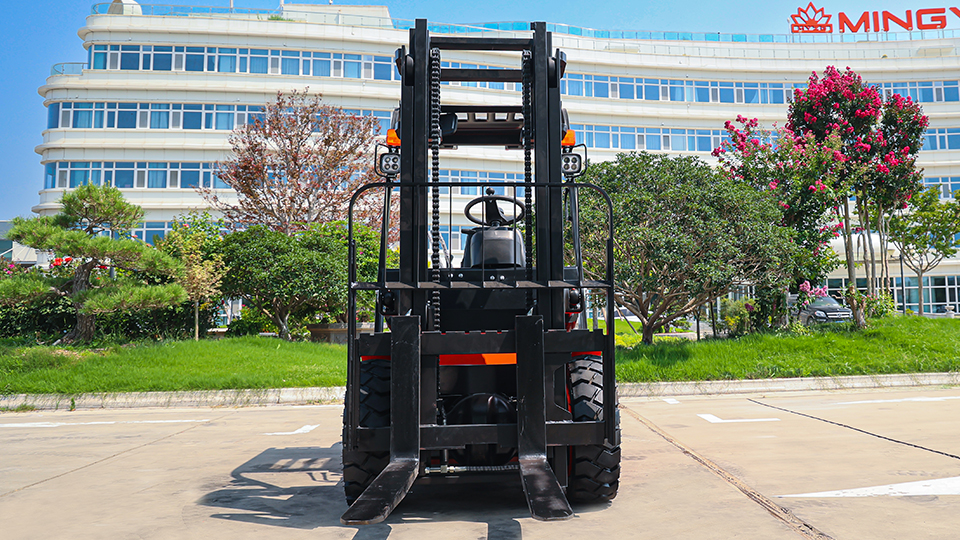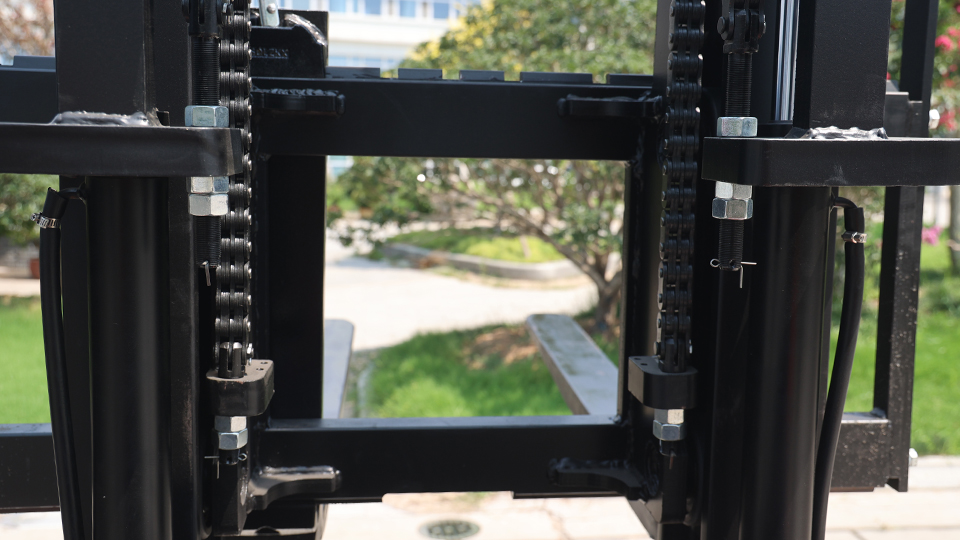
The Foundation: Defining a Commercial Motor Vehicle (CMV)
To understand why a DOT physical might or might not be needed, we must first establish what a DOT physical is for. The Federal Motor Carrier Safety Administration (FMCSA), a division of the U.S. Department of Transportation, mandates that all drivers of Commercial Motor Vehicles (CMVs) must undergo a physical examination. This is to ensure that the driver is physically capable of operating a CMV safely and to prevent health-related issues from causing accidents.
A CMV is defined by the FMCSA in several ways. A vehicle is considered a CMV if it meets any of the following criteria:
It has a gross vehicle weight rating (GVWR) or gross combination weight rating (GCWR), or gross vehicle weight (GVW) or gross combination weight (GCW) of 10,001 pounds or more.
It is designed or used to transport 16 or more passengers (including the driver), without compensation.
It is designed or used to transport 9 or more passengers (including the driver) for compensation.
It is used in the transportation of hazardous materials in a quantity requiring placards.
The key takeaway here is that the definition of a CMV is tied to its weight, its passenger capacity, and its cargo. A standard forklift, even a heavy-duty one, does not typically meet any of these criteria. Forklifts are designed for moving materials within a confined area, not for highway travel. They do not have a GVWR that exceeds 10,001 pounds, they are not designed to carry passengers, and their primary function is not the transportation of hazardous materials over a public road.

Forklifts: Not Your Typical Road Vehicle
Forklifts, also known as industrial lift trucks, are a class of powered industrial trucks used to lift, move, and stack materials. They are a crucial component of warehouses, manufacturing plants, and construction sites. The primary regulatory body for forklifts and other powered industrial trucks is the Occupational Safety and Health Administration (OSHA).
OSHA's standard 29 CFR 1910.178, "Powered Industrial Trucks," outlines the safety requirements for the design, maintenance, and operation of these vehicles. OSHA's focus is on workplace safety, and their regulations cover topics such as:
Operator Training: All forklift operators must be trained and certified to operate the specific type of equipment they will be using. This training includes classroom instruction, practical training, and an evaluation of the operator's skills.
Inspections: Forklifts must be inspected daily before being placed in service.
Maintenance: Forklifts must be maintained in a safe operating condition.
Safe Operation: The standard provides detailed instructions on safe operating procedures, such as speed limits, handling loads, and traveling on ramps.
Noticeably absent from OSHA's regulations is any mention of a DOT physical. OSHA's concern is with the operator's ability to safely operate the equipment in a workplace setting, not their ability to drive a vehicle on public roads.
The Intersecting Point: When a Forklift Enters the "Road"
The question of a DOT physical becomes more complex when a forklift is used in a way that blurs the lines between a workplace vehicle and a road vehicle. There are a few scenarios where this might happen:
1. Driving a Forklift on Public Roads: In some rare instances, a forklift might need to be driven on a public road, for example, to move between two adjacent warehouses. This is a highly regulated and often discouraged practice. If a forklift is operated on a public road, it is subject to state and local traffic laws. Depending on the jurisdiction, this could trigger a requirement for the operator to have a driver's license and the vehicle to be registered. However, even in this scenario, the forklift itself would not typically meet the FMCSA's definition of a CMV, and a DOT physical would not be required. The key is that the vehicle's primary purpose and design are not for highway travel.
2. Forklift-like Vehicles that are also CMVs: Some vehicles, while having a lift mechanism similar to a forklift, are also designed for road travel and meet the definition of a CMV. An example would be a truck-mounted forklift, also known as a "piggyback" forklift. This type of vehicle is attached to the back of a commercial truck. The truck itself, if it meets the weight or cargo criteria, is a CMV, and its driver would require a DOT physical. The operator of the piggyback forklift, when it is being used off the truck at a delivery site, would still be subject to OSHA's regulations. The distinction here is that the physical is for the operation of the truck, not the forklift.
3. The Role of Company Policy: Even if a DOT physical is not legally required, a company might choose to implement one as part of its own safety policy. This is especially true for companies that operate a fleet of CMVs and also use forklifts. To streamline their safety programs and ensure a consistent standard of health and fitness for all their operators, a company might require all of its material handling personnel to undergo a physical examination. This is a voluntary measure by the company and not a legal requirement.
The DOT Physical: What It Entails
To provide a complete picture, it is helpful to understand what a DOT physical involves. The examination is conducted by a medical examiner listed on the National Registry of Certified Medical Examiners (NRCME). The physical assesses the driver's general health and well-being, focusing on conditions that could impair their ability to drive safely. The examination includes:

Vision and Hearing Tests: The driver must meet specific vision and hearing standards.
Blood Pressure and Heart Rate: The medical examiner will check for high blood pressure and other cardiovascular issues.
Urinalysis: A urine sample is taken to check for a variety of health issues, including diabetes and kidney problems.
General Health Assessment: The examiner will check for a history of various conditions, including neurological disorders, respiratory problems, and mental health issues.
Physical Examination: The examiner will check the driver's reflexes, strength, and range of motion.
The purpose of these tests is to ensure that the driver is not at risk of sudden incapacitation, which could lead to a serious accident. The criteria for passing a DOT physical are strict and are designed for the demanding and high-risk environment of commercial driving.
Forklift Operator Certification: The OSHA Standard
In contrast to the DOT physical, the requirements for forklift operator certification are focused on the skills and knowledge needed to operate a forklift safely in a workplace. OSHA's standard 29 CFR 1910.178 requires a certification program that includes:
Formal Instruction: This can include lectures, videos, and written materials. It covers topics such as the principles of forklift operation, the types of equipment, and safety rules.
Practical Training: This involves hands-on training with a forklift under the supervision of a qualified instructor. The trainee practices a variety of maneuvers, such as picking up and setting down loads, navigating obstacles, and traveling on different surfaces.
Evaluation: The operator's performance is evaluated to ensure they have the skills and knowledge to operate the equipment safely. The evaluation must be conducted in the workplace, using the same type of forklift the operator will be using.
The certification is valid for three years, and a refresher course is required if an operator is involved in an accident, is observed operating the forklift unsafely, or if there is a change in the type of equipment or workplace conditions.
Conclusion: The Clear Distinction
In conclusion, the short answer to "do you need a DOT physical to drive a forklift?" is no. The primary regulatory body for forklift operation is OSHA, and their regulations do not require a DOT physical. A DOT physical is a legal requirement for drivers of Commercial Motor Vehicles (CMVs) as defined by the FMCSA. Forklifts, as a class of vehicles, do not meet the definition of a CMV.
However, there are important caveats to this simple answer:
Vehicles that are both CMVs and Forklift-like: If a vehicle is a CMV (e.g., a commercial truck) but also has a forklift attachment, the operator would need a DOT physical for the CMV portion of their job.
Company Policy: A company may require a physical examination, similar to a DOT physical, as part of its own safety program. This is a voluntary company decision and not a legal mandate.
Driving on Public Roads: While rare, if a forklift is used on a public road, it would be subject to state and local traffic laws, but it would not typically trigger a DOT physical requirement as the vehicle itself does not meet the CMV definition.
Ultimately, the confusion between DOT physicals and forklift operation stems from the fact that both involve heavy machinery and are regulated for safety. However, the regulatory frameworks are distinct. OSHA focuses on workplace safety for powered industrial trucks, while the FMCSA focuses on highway safety for commercial motor vehicles. Understanding this distinction is crucial for both employers and employees to ensure they are compliant with all applicable regulations and are operating safely and responsibly.
Name: selena
Mobile:+86-13176910558
Tel:+86-0535-2090977
Whatsapp:8613181602336
Email:vip@mingyuforklift.com
Add:Xiaqiu Town, Laizhou, Yantai City, Shandong Province, China